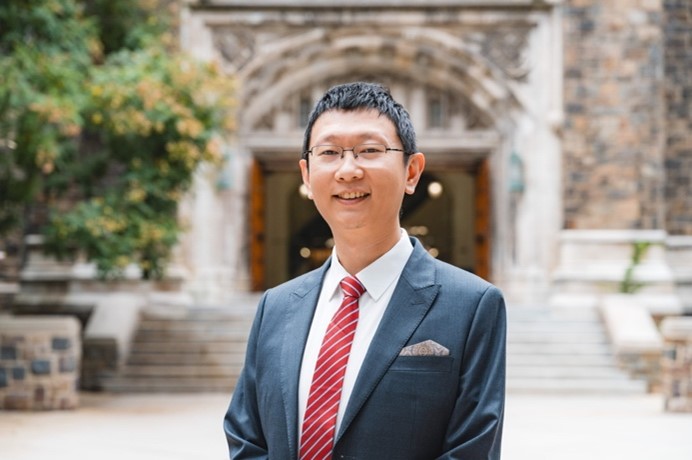Shaun Wang
Postdoctoral Research Associate

My name is Shaun (Yixiang) Wang. I hold a Bachelor’s degree in Environmental Engineering from Nankai University, a Master’s degree in Environmental Science and Engineering from Tsinghua University, and a Ph.D. in Environmental Engineering from the University of Illinois Urbana-Champaign. My research focuses on the health effects of indoor and outdoor air pollutants, their chemical compositions and sources, and potential intervention strategies to better protect public health.
I am collaborating with Professor Linchen He on three research projects, examining the relationship between indoor air pollution and human health:
1. Portable Air Purifier Study This project evaluated the health benefits of using portable air purifiers in residential settings. I analyzed data from over 80 indoor air quality assessments, each comprising 10+ environmental parameters, 30+ PM2.5 components, and multiple toxicity metrics. Using multivariate regression models, I quantified the contribution of individual PM2.5 components to overall health risks and assessed how these risks changed with purifier use. Our findings revealed that air purifiers reduce toxic PM2.5 components through mechanisms such as physical adsorption and disruption of indoor chemical reactions. This work has been published in ACS Environmental Science & Technology Air.
2. Indoor PM2.5 Modeling In this ongoing project, I developed a source apportionment model that separates indoor PM2.5 into contributions from indoor emissions and outdoor infiltration. The model also estimates the chemical composition profile of indoor-emitted PM2.5, helping to identify major sources and support targeted mitigation strategies. This modeling effort improves our ability to assess indoor exposure and to design interventions for reducing health risks from indoor-generated pollutants.
3. Urine Metabolomics Analysis To explore the biological impacts of indoor air pollution, I am leading the development of an LC-Orbitrap-MS method to quantify metabolic biomarkers in urine. We are analyzing over 170 samples collected from 43 participants, targeting more than 30 known metabolites and screening over 1,000 untargeted compounds. This project aims to uncover the molecular mechanisms linking indoor pollutant exposure to adverse health outcomes, thereby bridging environmental monitoring and human health biomarkers.
In short, my work connects the air we breathe with the chemistry of harm and the biology of health—advancing science that protects people where they live.